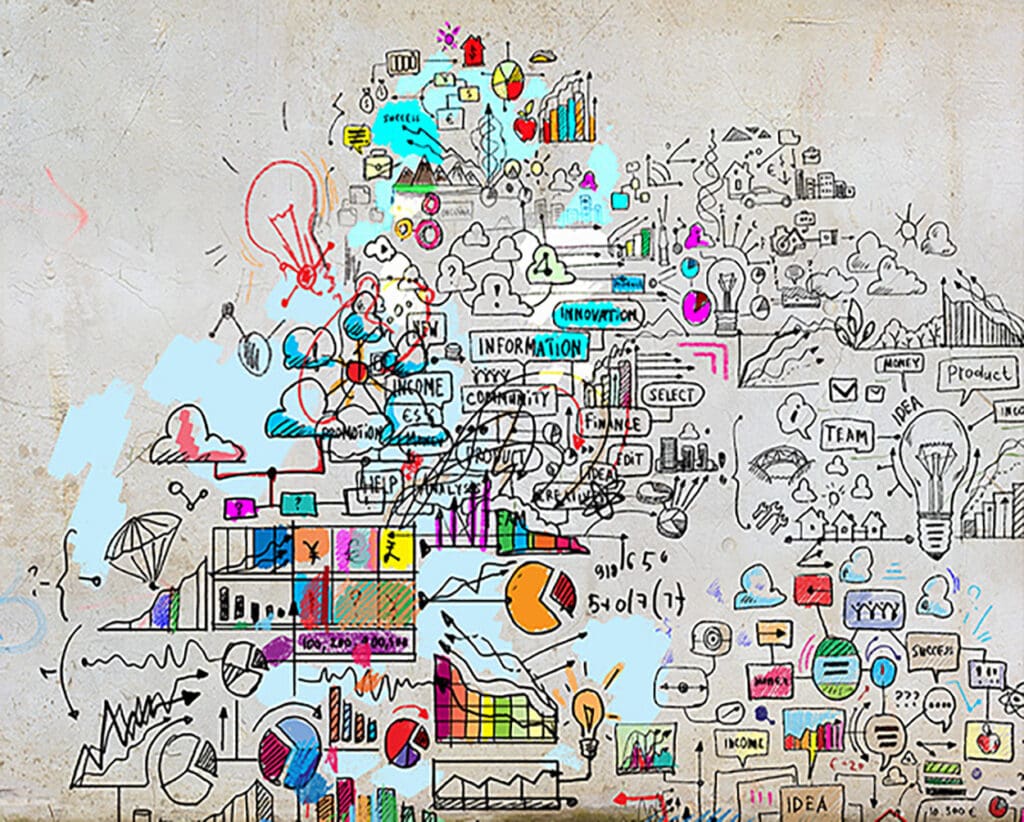3 marketing insights from the rise of Pokémon Go
Last week Pokémon Go took over the digitalised (and in fact real) world, and at incredible speed. Seeming to explode from obscurity, 2016’s take on the 90s gaming classic has captured the imagination of millions.
But just why has Pokémon Go proved so successful, so quickly? The game has blended a clever mix of cross-generational appeal, nostalgia and useable augmented reality tech. It’s this blend that has allowed it to become an overnight cult classic.
For creatives looking for insights, look no further than Pokémon Go marketing. There’s a lot to be said for their 3 key ingredients of success…
1) Cross-generational appeal
Perhaps one of the most surprising features of Pokémon Go’s rise has been its ability to mobilise people across a wide generational spectrum.
A craze so heavily dependent on smartphone usage and social media virality could be expected to appeal to younger audiences. It is the high adult usage of the game that has left many commentators baffled.
Popular US blogging site Vox highlighted that ‘more than 40 percent of the adults who downloaded the mobile app are older than 25, and about one in three adult users are women’, claiming this is ‘a big deal’ for the industry.
Forbes contributor Chris Myers notes that ‘people are downloading [Pokémon Go] so rapidly that it just surpassed Twitter in terms of the number of daily active users on the Android platform.’ For Myers this popularity is difficult to stomach. He questions why an app which offers so little physical value to its users has become an overnight sensation.
This cross-generational appeal has been one of the biggest factors in driving sheer numbers to the app. If exposure and demographic spread is your aim, then marketers should take note.
2) Nostalgia and identity that breed loyalty
Many commentators have pointed to the role of nostalgia and a sense of community identity. Both are identified as being crucial factors in the overnight success of Pokémon Go – take note for your own marketing.
For The Guardian, ‘there are a handful of identity factors that make Pokémon Go such an addictive hit, all of which give users a sense of belonging and loyalty.’
It is argued that for millennials nostalgia has been an important driver of uptake in Pokémon Go. Childhood memories have combined with fear-of-missing-out to push them to buy in to the game.
Pokémon Go has also cleverly created a sense of community identity through it’s latest incarnation. People meet in huge numbers to play the game collectively and share their Pokémon experiences and top tips.
According to an article by Business Insider Australia, local authorities in Sydney were left dumfounded at the game’s popularity. A last minute ‘Pokémon Go walk’ garnered interest from some 4,000 locals keen to socialise while playing the game.
For marketers unsure on how to entice consumers to buy into their brand and how to maintain this loyalty, the Pokémon Go experience is a strong demonstration of the value of nostalgia and community identity.
3) Useable augmented reality tech
Augmented reality (AR) technology is not a new phenomenon, and many brands have experimented with it’s usage in previous years. Brands such as Marriott have been quick to recognise the value of augmented reality. But, it is fair to say that, as yet, the technology hasn’t become a game changer for the industry.
Where Pokémon Go differs is arguably it’s usability. Other forays into AR such as Google Glass have struggled to move into the mainstream and offer users a holistic, easy to use experience.
Econsultancy argues that ‘the difference with Pokémon and Snapchat is that AR is simply a byproduct of engaging with a brand and narrative that users are already invested in, rather than the focal point of the product.’
MediaPost has argued that this may be the turning point for AR. It’s a window of opportunity for marketers looking to incorporate the technology into their strategy.
Ideas such as providing geo-targeted advertising for local businesses within the game and displaying digital images of new products in a physical environment are just two MediaPost suggestions for marketers keen to maximise this sudden interest in the technology.
How long the Pokémon Go frenzy will last remains to be seen. The explosive rise of the app has not been without its problems. Marketers should be watching closely to see how they can draw on the experience of this potentially game-changing phenomenon.
Want to talk about your next big marketing campaign to use what Pokémon Go has taught us? Get in touch with the Think OTB team.




